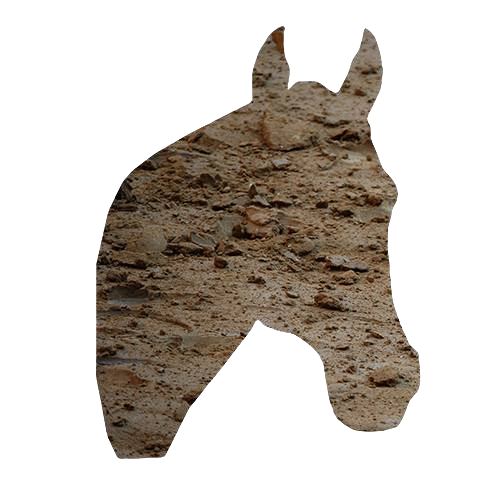www.thepalio.eu - dal Belgio con amore
Contrade
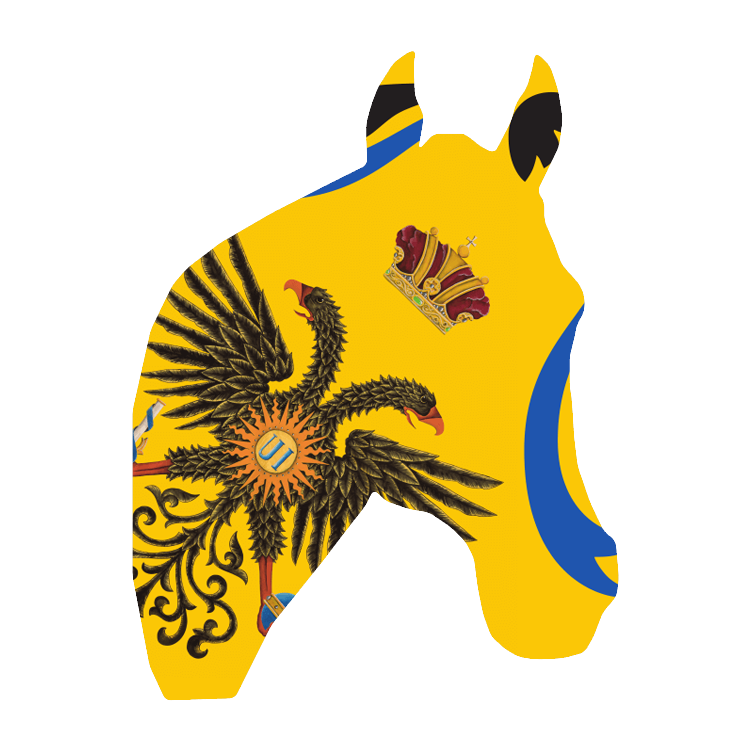
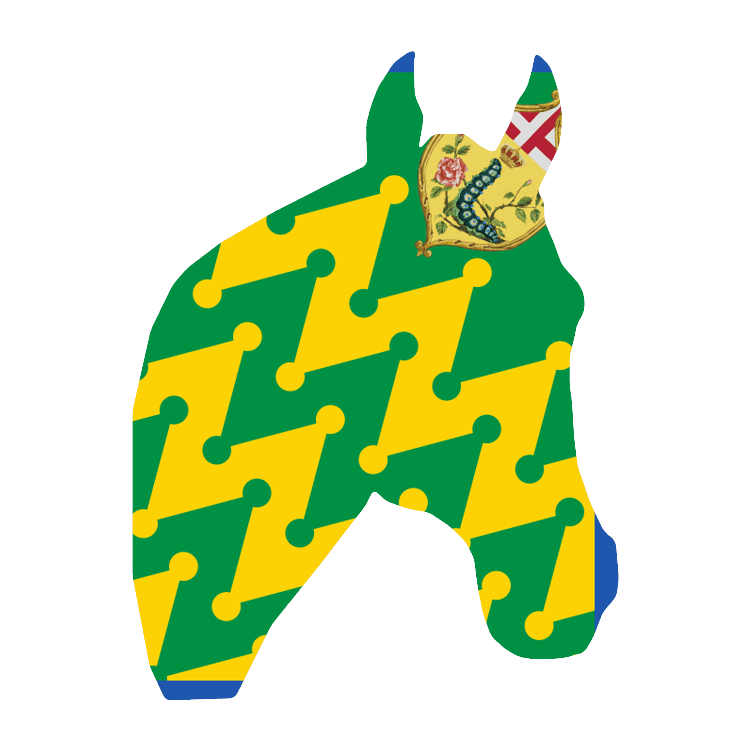


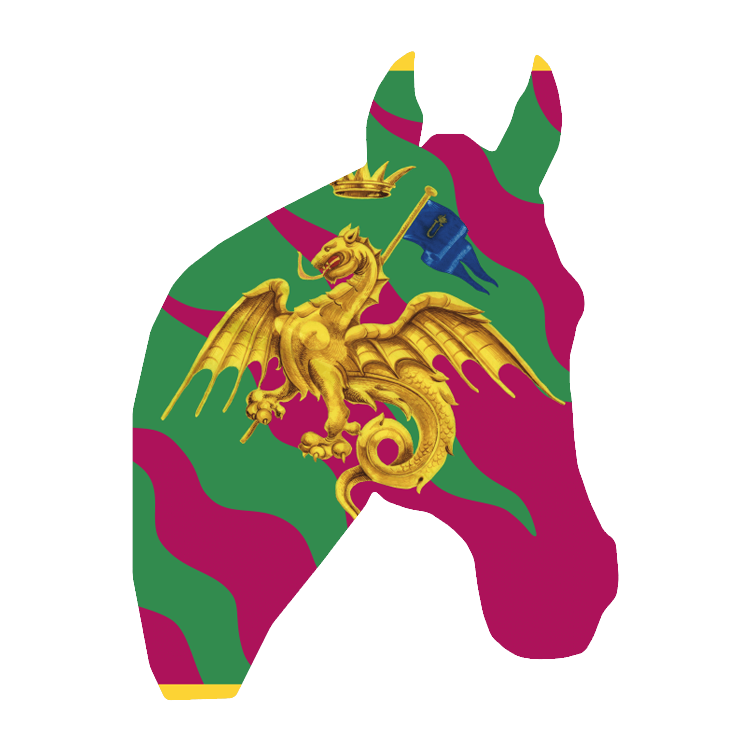


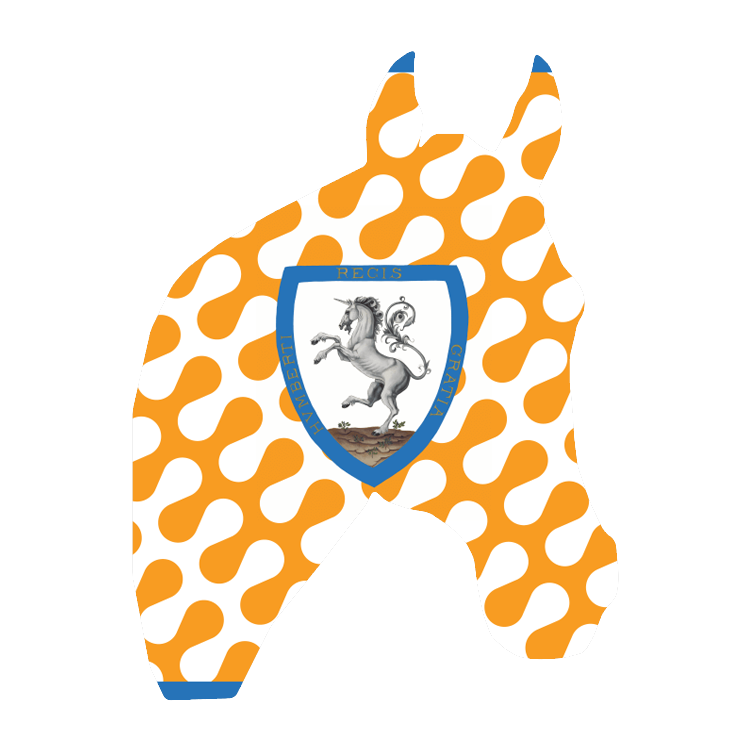





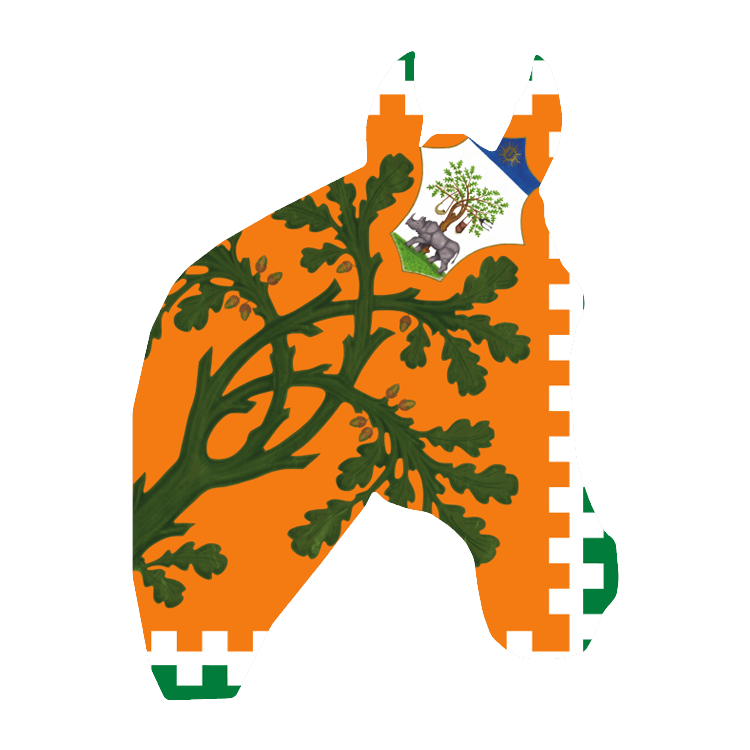



Administrative division of the districts
In the Tuscan city of Siena, each of the seventeen historical subdivisions of the city within the medieval city walls is called ‘Contrada’.
Each of the 17 districts has retained its autonomy and its democratically elected bodies for centuries. The neighborhoods are non-profit organizations and are legally regarded as legal persons.
The city is furthermore divided into 3 parts or Terzi. There are 5 or 6 neighborhoods in each part.
Terzo di Kamollia : Bruco – Drago – Giraffa – Istrice – Lupa en Oca
Terzo di S.Martino : Civetta – Leocorno – Nicchio – Torre en Valdimontone
Terzo di Citta : Aquila – Chiocciola – Onda – Pantera – Selva en Tartuca
The Contrade already existed in the Middle Ages, even though they had a different purpose than today. At that time it was mostly military companies that had to protect Siena in times of war (against Florentines).
According to the chronicles, the maximum number of ‘modern’ neighborhoods was 23. In addition to the current 17, we also spoke about Gallo, Leone, Orso, Quercia, Spadaforte and Vipera. Now better known as the Contrade Soppresse who still participate in the Corteo Storico.
In the seventeenth century, they all gradually died out due to organizational shortcomings, no participation in public life (Palio, …) and so on. Their territory was annexed by the neighboring districts and their traces remain visible in the flags and comparsa of those neighborhoods.
Aquila too, was threatened with extinction when they stopped participating in public celebrations for almost a century. Until they were suddenly allowed to participate in the Palio of 1719. The neighboring districts protested fiercely because they had already divided the territory. It was decided that no new neighborhoods could be established that could participate in the Palio.
When in 1929 the inhabitants of the first neighborhoods outside the old city walls (eg San Prospero) had applied for the establishment of a neighborhood, this proposal was rejected by referring to the law of the eighteenth century.
Use the check marks to turn certain things on and off to make it clearer.
You can also push a neighborhood to zoom in.
You can open in a new window via maps.palio.be
Membership
The following people belong to a Contrada:
- the original residents who lived within the boundaries of the neighborhood (limits were established in 1730 by the Bando di Violante di Baviera
- the inhabitants
- the descendants of people from the neighborhood
In some districts this is extended by the Statutes of the district to sympathizers who, although they are not residents of the district, want to become a contradaiolo.
The prottettori (protectors/members) support the neighborhoods economically through membership fees, participation in activities, etc.
If the district participates to the Palio, the prottettori must fill in a paper with the amount they want to donate in the event of a victory. In this way, the board can draw up the “war chest”.
Since the Second World War, it’s a new custom in the neighborhoods to baptize new members (Battesimo contradaiolo). This is not a religious baptism but aims to perpetuate membership. It started fairly recently (1947). Sincethen baptismal fountains have been built or commissioned in all neighborhoods.
This form of membership was introduced because people started living more and more outside the city. People used to be born at home (on the territory of the neighborhood). Later this happened more and more in the hospital. Because this hospital was first in (and later outside of the city) and therefore part of a neighborhood, the craziest things were done to still be born in the neighborhood. For example, fathers sometimes brought sand from the neighborhood that they threw under the hospital bed, so that their child was nevertheless born on the “ground” of the neighborhood and thus undoubtedly became a member of the neighborhood. Today, among other things because of the baptism in the district, children belong to the contrada of the parents without any problems.
The Battesimi contradaioli are held once a year during the festive weekend (Festa Titolare) of the respective district. After being sprinkled with water from the baptismal fountain, you get a handkerchief (fazzoletto).
The fazzoletto is a square fabric (formerly made of cotton, now often polyester but sometimes also of the finest silk) with the colors and symbols of the neighborhood. The “scarf” was introduced in the twentieth century, before the introduction of baptism. Sometimes you see people with beautifully sewn or hand-painted scarves. The fazzoletto is the symbol of solidarity in a neighborhood that is worn from birth to death, usually tied around the neck. The forerunners of the fazzoletti are large rosettes in the colors of the neighborhood that were pinned to clothing or hats. These were already used in the nineteenth district. Now you can still see them, much smaller. A good and comparable example with the rosettes of those days are those who wear the stable boys (barbaresci) on their white caps.
Internal organization of the distrcit
ADMINISTRATIVE ORGANISATION
The Priore (at Oca the Governatore and Rettore at Bruco) is responsible for the administrative management of the district throughout the year. He represents the neighborhood at various official moments and maintains relationships with the other neighborhoods. The City Council of the City of Siena recognizes the Priore as the head and the legitimate representative of the Contrada.
The base of the neighborhood is the general assembly. The meeting takes place on average every two months. In special cases this can also be several times a month. The meeting is convened by means of a publication at the seat of the district. The bell of the contrada church reminds the members again at the hour of the meeting.
INTERNAL DIVISION IN GROUPS
Within the Contrada there are other groups active: we think of Women, Youngsters, Children, and Il Consiglio di Societa. The first three groups are responsible for organizing activities for their respective target groups. The latter is a kind of board of directors that opens up the garden, the bar and other communal areas at considerable times for the residents of the neighborhood.
Every neighborhood has a group of blood donors. As a result, Siena has a larger stock than average and can offer blood in other hospitals in Tuscany (and even throughout Italy).
PALIO-RELATED ORGANIZATION
In addition to the civil organization of the Contrada, there is of course also a group that only deals with the Palio.
The Capitano (captain) leads the neighborhood for everything involving the Palio. During the days of the Palio, he is the leader of the neighborhood. The captain can also be called to account for decisions during and around the Palio. The captain is accompanied by one or more Mangini (Lieutenants). The Mangino del Popolo has two main tasks: to control actions of the Captain on behalf of the people; and actively assist the Captain.
The Capitano must also put together a Palio staff: Barbaresco (stable guy), assistants, a veterinarian and a blacksmith.
In addition, the figure of Correttorre (priest) is also important. He takes care of the religious part, starting with the blessing of the horse.
Festivities throughout the yeat
FESTA TITOLARE
The Festa Titolare is the celebration of the patron saint of the Contrada. It will be celebrated on the first following Sunday after the day dedicated to the patron saint. Only Chiocciola adheres to the day itself, regardless of whether it is a Sunday or not. Santi Pietro and Paolo are invariably celebrated on 29 June.
On the eve of the feast day a mass takes place in the church of the neighborhood. Games are held in the streets that attract many visitors to the neighborhood.
On the day of the celebration the comparsa (medieval procession with standard-bearers and drummers of the neighborhood) goes out. They leave in the morning for a tour of all other neighborhoods (except the rival). In allied neighborhoods they are often offered drinks and refreshments.
On the same day, the Priore christens the newborn of that year and the people who want to join the contrada.
The day ends with a meeting on the Piazza. From there they step to the neighborhood where they eat together.
PARTICIPATION TO THE PALIO
The contrade run the Palio twice a year. Although this is not the only activity of the neighborhood, it is the most public and flashy in the contrada year.
The Palio takes place in various official phases:
- L’Estrazione a sorte delle Contrade (draw of the neighborhoods)
- La Tratta (raffles from the horses)
- Le Prove (the practice rides)
- La Segnatura dei Fantini (official signing of the fantini to confirm their participation in the respective district)
- Collection of the Drappellone (in July in the Chiesa di Provenzano and in August in the Duomo)
- The Corteo Storico (medieval procession)
- The course itself
The Palios of July and August are separate from each other. This means that neighborhoods that do not participate in July this year will automatically participate in July of the following year. In addition, another 3 neighborhoods will be drawn. The same principle applies for August.
IL MASGALANO
The Masgalano is awarded to the Contrada whose representatives (comparsa) show the best appearance during the two Corteo Storico’s on the Piazza del Campo prior to the Palio itself.
FEAST OF THE VICTORIE
The neighborhoods that win the Palio in July and August celebrate this very extensively in late September and early October. In the rare cases where a Contrada wins both Palios (Cappotto), the festivities are of course even greater. The last time was in 2016 when Lupa achieved this masterpiece. The victory of a Palio Straordinario in September is usually celebrated in the spring of the following year.
Usually, the neighborhood continuously organizes a dinner every day for every victory achieved so far. The dinners are organized in-house and serve to fund the cash to pay for the win. In the first days after the victory, the district triumphantly goes through the city with flags, drums and the Drappellone won. A week after the Palio, the neighborhood goes through the streets of the city with a Corteo della Vittoria joking with the other neighborhoods and in particular the rival.
For the victory dinner there are usually 2000 participants in small neighborhoods, with larger ones this can go above 5000. Given these huge numbers and because it is logical that all contradaioli can participate, they are usually outsourced to catering companies. The dinner takes place on a large square in the neighborhood that is completely decorated in the colors of the neighborhood. There is a table of honor for the fantino and the Palio staff. The horse also gets a place of honor.
In the days following the victory dinner, smaller “Cenini” are held in different themes: dinner for the women, dinner for the children, dinner for the men, etc.
Dinners are held every month during the winter (the 2nd or 16th of the month).
A final dinner will follow in May.
CLOSING OF THE YEAR OF THE CONTRADAIOLO
In Siena there is also a kind of New Year for the neighborhoods. This takes place on December 1, day of the patron saint of Siena, Sant’Ansano. The neighborhoods organize a banquet on this date. The core of the neighborhood takes part in this.
SANTA LUCIA
Santa Lucia is celebrated on December 13: this is one of the most famous and felt traditions of Siena. All neighborhoods make small terracotta clocks in the colors of the neighborhood. These are then offered for sale at a market in honor of Santa Lucia.
Interaction between the neighborhoods
IL MAGISTRATO DELLE CONTRADE
All Priori of the contrade sit together in this committee that first met in 1905 in the Chiesa di San Cristoforo in Civetta. (this is also the reason why Civetta bears Priora as the title of the neighborhood)
Together, for example, they have agreed a kind of code around the flag of the neighborhood. For example, it may only be hung outside in the neighborhood during the days of the Palio, the Festa Titolare and at the birth or death of someone from the neighborhood.
IL CONSORZIO PER LA TUTELA DEL PALIO DI SIENA
The Consortium is another committee set up by and between the neighborhoods. The main activity of the Consortium is the legal protection of copyright on everything that has to do with the Contrade and the Palio. They intervene in the event of plagiarism.
Film producers or TV channels who want to make a report or documentary about the Palio must also get permission from them. The Rai who broadcast the Palio directly must also pass through them.
For example, at the end of 2015, the Consorzio was asked by the British Queen to go to London with the Contrade for her birthday party. This was refused after a long consultation. The Palio is experienced in Siena itself and nowhere else.
ALLIANCES AND RIVALTIES
Over the centuries, the mutual relations between the contrade of Siena can be divided into three types:
- Alliaces
- Rivalries
- What is called: “a lack of formal relationships”
The covenant (alliance) is characterized by a formal agreement with mutual obligations such as visiting each other, like making agreements to win the Palio.
In the age-old history of the Palio, an association was once made between different neighborhoods, namely the “T.O.N.O.”, the abbreviation of Tartuca, Oca, Nicchio and Onda. Between August 1927 and 1934, 16 Palios were disputed. T.O.N.O. won 3 + 3 + 3 + 3 = 12 respectively. The rivals none at all.
In addition, we have rivalries of which the following still exist today:
- Aquila – Pantera
- Chiocciola – Tartuca
- Civetta – Leocorno
- Istrice – Lupa
- Nicchio – Valdimontone
- Oca – Torre
- Onda – Torre
The latter is not mutual. Torre does not recognize Onda as a rival but more as a difficult neighbor. The oldest rivalries are Tartuca – Chiocciola and Oca – Torre, both of which originated in the seventeenth century.
The last relationship is that of “lack of formal relationships. An example of this is Bruco – Oca.
Last update : 15 november 2019
